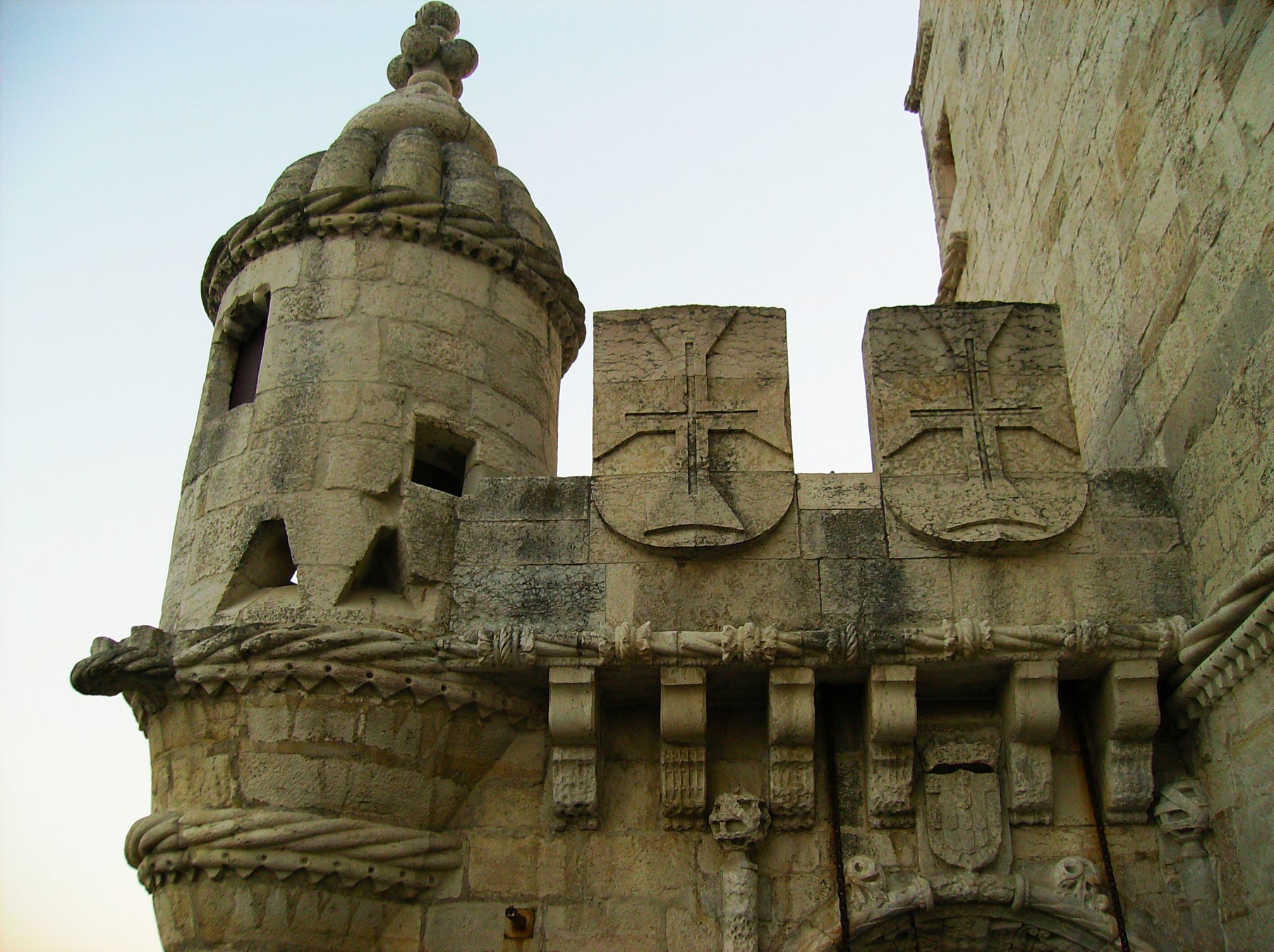
The Portuguese late Gothic found a very own and authentic expression, called Manueline Architecture or Manueline style , which developed between the end of the 15th century until the first half of the 16th century, associating the late Gothic to the Renaissance.
This decoration expanded in Portugal during the reign of King John II (r. 1481-95), and especially during that of King Manuel I, the Fortunate (r. 1495-1521), who gave it its name, and also under King John III (r. 1521-1557), the result of his second marriage.
The Portuguese Discoveries and Manueline Architecture
The Manueline architecture expanded in a prosperous period of maritime and commercial expansion, of the Portuguese Discoveries in Africa, China and South America.
As they could not extend their land borders, the Portuguese chose to travel by sea, hoping to reach the origin of the gold and spices.
Consequently, with the help of Prince Henry the Navigator – the figure most closely identified with the Age of Discovery – they made a major contribution to delineating the map of the world and were responsible for important technological advances in nautical science, cartography, and astronomy.
The era was marked by major achievements of Portuguese culture, such as the voyage of the great explorer Vasco da Gama to India, in 1498, and the discovery of Brazil by Pedro Álvares Cabral, in 1500, writing a new page in World History.
Manueline Architecture
In architecture, Gothic structures were used, preferably the churches with naves of the same height, with three naves and no transept, and it was in the decoration that it developed and found its true identity.
The Manueline Architecture concentrated his original sculptural ornamentation, profuse and exuberant, on portals, windows, vaults and lacy arches, which stood out in the Tower of Belém and the Jerónimos Monastery, both in Lisbon and made by Diogo Boitaca.

The decorative elements of the Manueline Architecture
In the image – by clicking on the dots – you can identify some of the most important elements of decoration in the Manueline architecture .

Cross of the Order of Christ also known as the Cross of Christ (Cruz de Cristo) or the Portuguese Cross
Ropes – reference to maritime discoveries
National coat of arms
Armillary sphere – in Portuguese heraldry, associated with the Portuguese discoveries
The Manueline style – a typically Portuguese artistic expression
The Manueline architecture is a uniquely Portuguese artistic expression.
It was inspired in several styles like the Flamboyant Gothic, the Spanish Plateresque and the Peninsular Mudejar art.
It had a great iconographic wealth of naturalistic motifs inspired by the exotic fauna and maritime and overseas flora (corals, shells, palm trees and exotic animals) on the occasion of contact with distant lands; in the symbols of the homeland and royal heraldry (royal crown, king’s coat of arms, armillary sphere, cross of Christ ).
But also in objects of everyday use in the vocabulary of the discoveries and navigations (ropes, fishing nets, anchors, sails, caravels, and ships).
The result is a feast for the eyes, with its surfaces coated with surprising light effects, in an exuberant plasticity where religious, political and allegorical themes coexist and should be appreciated and “read” without haste.
